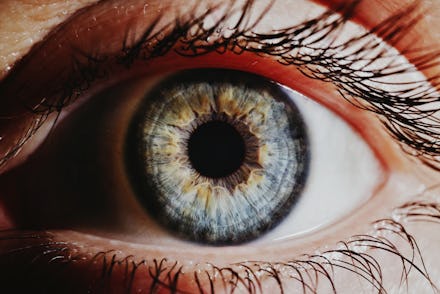Lab-Grown Eyeballs Could Restore Vision to the Blind

A breakthrough stem cell experiment just brought us a step closer to lab-grown human eyeballs and restoring vision to the blind, according to new research published in the journal Nature.
A team of biologists discovered a new way to grow parts of the retina, cornea and lenses of eyeballs. In the experiment, the researchers restored vision to blinded rabbits by growing new corneas from stem cells.
Read more: Biohackers Figured Out How to Inject Eyeballs With Night Vision
Stem cells are a special type of cell that can give rise to any type of adult cell. This new eyeball-growing technique builds on a previous stem cell breakthrough wherein scientists figured out how to turn adult cells back into stem cells.
For this study, the researchers took skin cells from blinded rabbits, forced them to turn back into stem cells and then grew them into what's called a proto-eye, or the very first stage in eyeball development.
You can see the cells grown in the time lapse below:
From the proto-eye, they pulled out cornea tissue and grew that into fully functioning corneas. They implanted the corneas back into the rabbits, and it successfully restored their vision.
The challenges: It's important to note the study was done only in rabbits, and translating this technique to humans will be a challenge. Additionally, getting the technique to work for the whole eyeball won't be easy.
"These studies, however, have a single, tissue-specific focus and fail to reflect the complexity of whole eye development," the researchers wrote in their paper.
The researchers are optimistic about human trials though. The next step is to try the technique on humans who have cornea damage from disease or injury.
"Our work not only holds potential for developing cells for treatment of other areas of the eye, but could set the stage for future human clinical trials of anterior eye transplantation to restore visual function," Andrew Quantock, a co-author on the study, said in a statement.